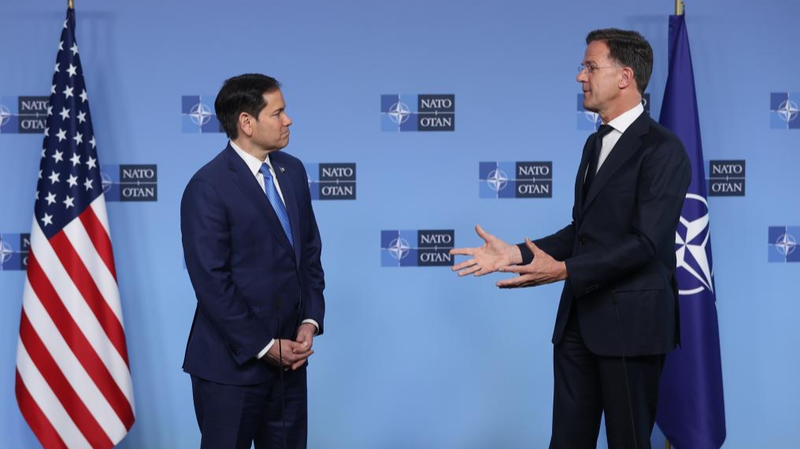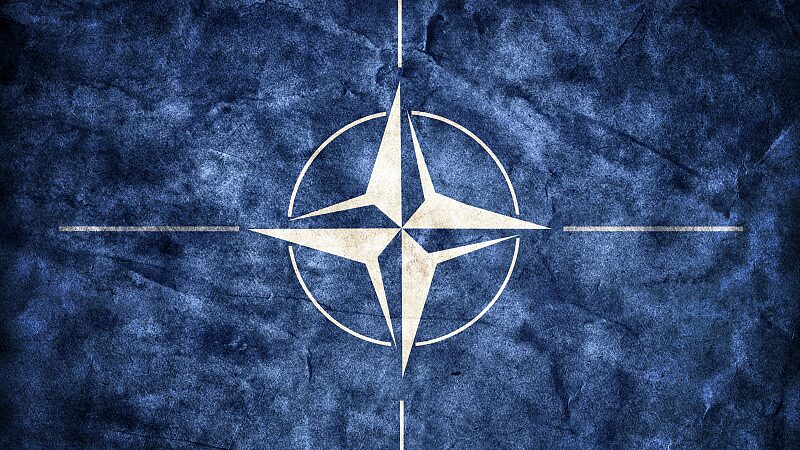As the U.S. doubles down on tariffs and NATO allies scramble for clarity, young professionals and market watchers are bracing for a bumpy ride.
Global markets took a nosedive this week as U.S. tariffs hit multiple nations, sparking fears of an economic chain reaction. The timing couldn’t be more tense: NATO foreign ministers gathered in Brussels to address growing doubts about America’s role in the alliance. With Europe’s security and U.S.-made military hardware under the spotlight, whispers of a fragmented West are getting louder.
U.S. Secretary of State Marco Rubio tried to soothe nerves, saying, 'The United States is in NATO… as active as ever.' But his attempt to smooth over President Trump’s earlier 'pay your fair share' rhetoric felt like a peace offering wrapped in sandpaper. European diplomats weren’t fully buying it—many saw it as negotiation theater rather than a real olive branch.
Things got weirder: The U.S. reportedly floated annexing Greenland (yes, the icy autonomous territory of Denmark) and parts of Canada. Cue the international side-eye 🤨. Meanwhile, Washington’s sudden freeze on military aid to Ukraine left European parliaments scrambling. Given that NATO’s post-WWII defense framework leans heavily on U.S. support, mixing tariff wars with security promises is like juggling grenades—risky business.
Young entrepreneurs and investors are watching closely. If America’s 'tough love' strategy backfires, markets could face more turbulence. As one analyst put it: 'When geopolitics and economics collide, everyone’s portfolio gets a black eye.' 💸
Reference(s):
cgtn.com





